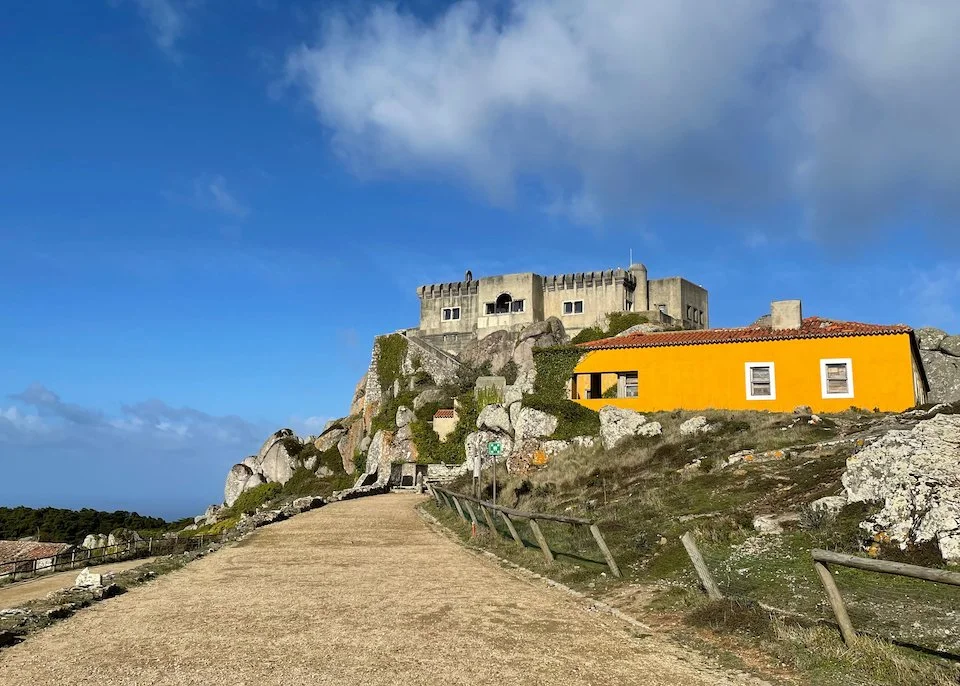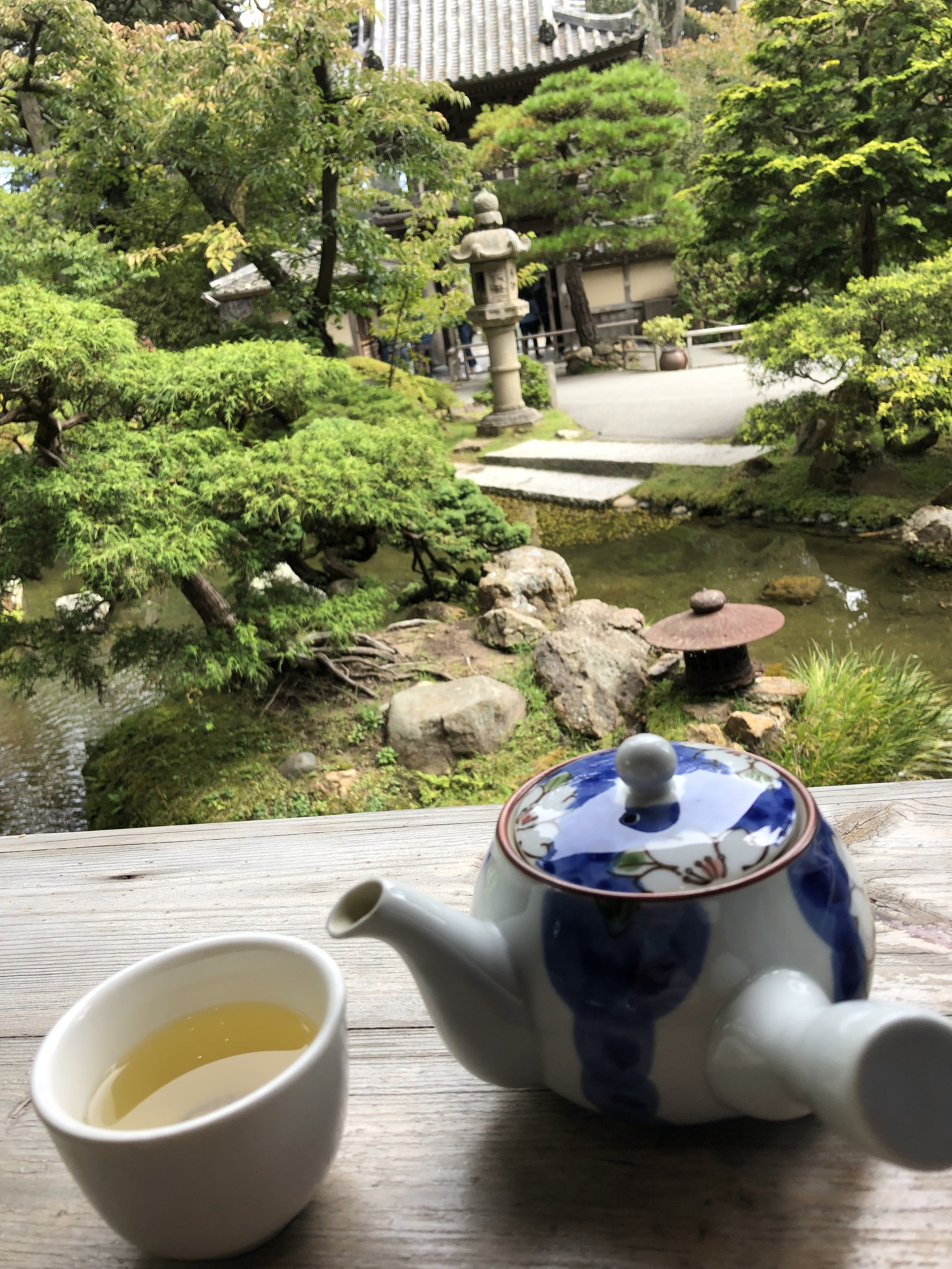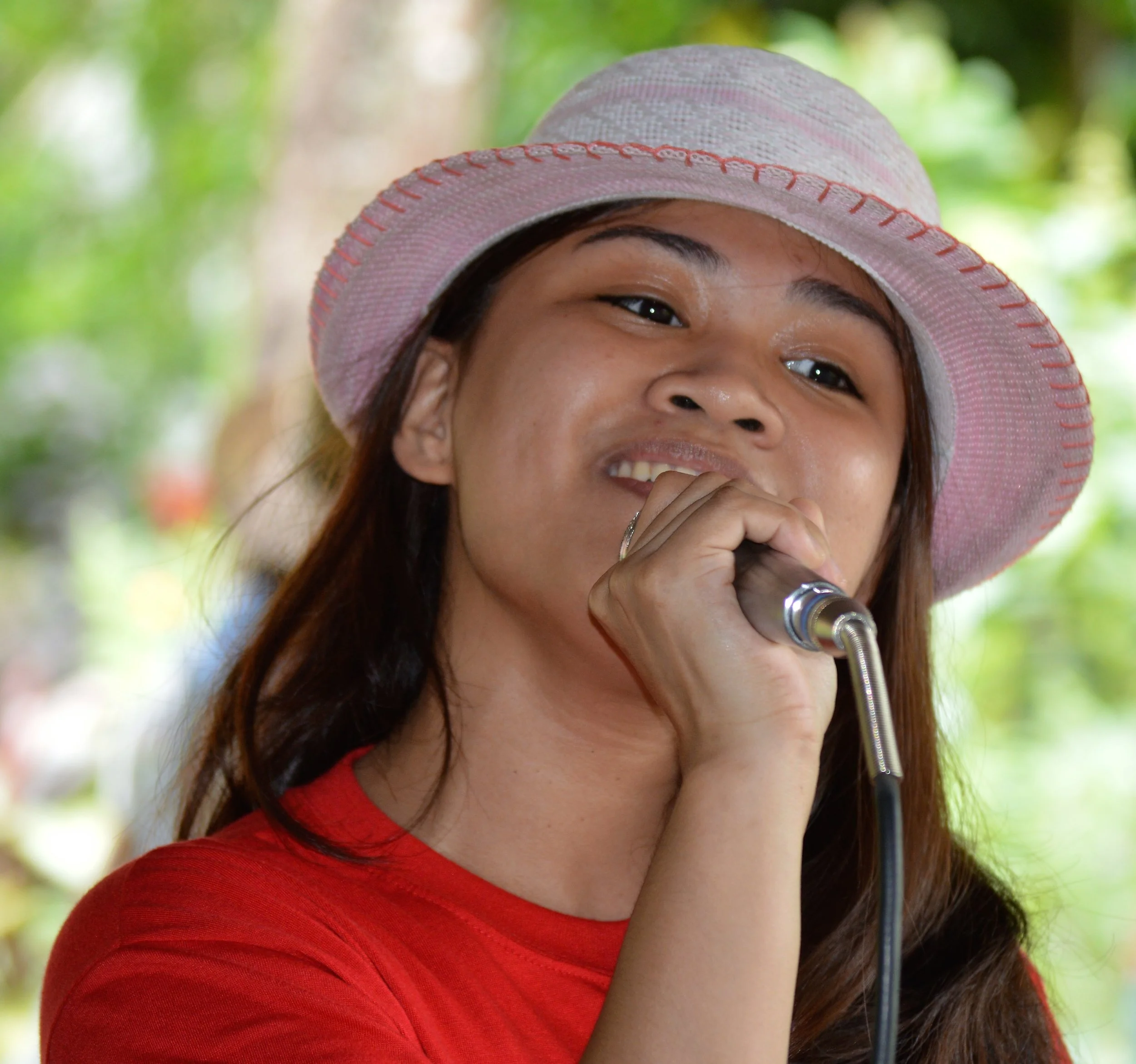Infrastructure Less Taken
By B.J. Stolbov
Mindoro is the first island south of the main island of Luzon in the Philippines. Although the Philippines look small on a map, traveling can take a long time. From Northern Luzon to Mindoro can take up to 24 hours. First, by family van, through narrow, winding two-lane roads in the mountains, then through the flat lowlands. Then, by expressways, with frequent stops to pay tolls. At the port of Batangas, the van is rolled onto a large ferry; the RORO (roll-on, roll-off) ferry trip takes anywhere from two to three hours, depending on the weather. I enjoy watching the sky and the ocean, the sailors and my fellow passengers. Afterward, at the port of Calapan in Mindoro, the van is rolled off. In Mindoro, there is one main two-lane highway from north to south. We stop often, visiting relatives and more relatives, sitting and eating (the traditional Filipino greeting is “Kain tayo” – “Let’s eat.”). We talk and catch up with each other’s lives. Finally, we arrive at our destination: a family reunion for the 79th birthday of my favorite uncle, Tito Mario.
The Philippines is in the midst of an infrastructure boom. President Rodrigo Duterte ran on a slogan of “Build, Build, Build.” Roads, highways, expressways, tunnels, and bridges are being built all over the Philippines. One of the projects being considered is a bridge between Luzon and Mindoro, between the port of Batangas and the port of Calapan. Depending on where the bridge will actually start and where it will end, it will be at least 20 miles long over a rough, choppy, windswept ocean. Imagine a 20-mile long Golden Gate Bridge. The proposed bridge will be for cars and motorcycles only, and I can’t imagine that anyone would want to walk across it. The proposed cost would be a (very) approximate 1 trillion pesos ($20 billion dollars).
I fully realize that this bridge is not just about pouring cement into the ocean. It is about good-paying jobs for construction workers and engineers. It is about faster transportation and “the future.” But this bridge also has me wondering and thinking, “Is this necessary? Or is this just an expensive way for the government and the politicians to look like they are doing something?”
Who will this benefit? Not the ferry owners and workers nor the small-time boat operators and sailors who have been transporting people and goods by boats since the days of dugout canoes. Not the people living and working in the ports nor the family-owned eateries and stores. Instead of traveling through, most people would be traveling over and around and bypassing these towns and cities. The local economies would not benefit.
Who (or what) will this benefit? Cars and speed. When the trillion-peso bridge is completed, the time for crossing would be cut in half, by approximately one hour. For one hour less, one trillion pesos. Is this necessary?
Infrastructure projects are being proposed and started all over. And I question if this kind of building is not also about pandering to our human obsessions with convenience and speed. Is this turning us into drive-thru nations: fast, convenient, tasteless?
We often hear about what we gain with speed, but what do we lose at 60 miles per hour or faster? When I travel, I will choose, as often as possible, the slowest form of transportation: boats, especially old wooden boats on rivers or canals; trikes or tuk-tuks, especially if they are foot-pedaled; bicycles, especially when I pedal; and, my favorite, my own feet. I like to go and stop and see and hear and smell and taste anything I want, anytime I want, whenever and wherever I want. I like backroads, side roads, dirt roads, and footpaths.
The poet Robert Frost would walk the same forest footpath every day of the year, observing the changing season, the slanting of the light, the blooming of the flowers, the falling of the leaves, and the animals observing him. I hope that the forest path is still there and that it is not now a 60 MPH expressway. I hope that someone is still walking it and that it is still “the road less taken.”
B.J. Stolbov and his wife live in Northern Luzon of the Philippines on their organic farm where they raise fruit and nut trees, vegetables, herbs, and spices. B.J. writes mostly poetry, and occasionally travel articles, when he can travel, hopefully more often.
Photography by Patrickroque01 at English Wikipedia, CC BY-SA 4.0,





